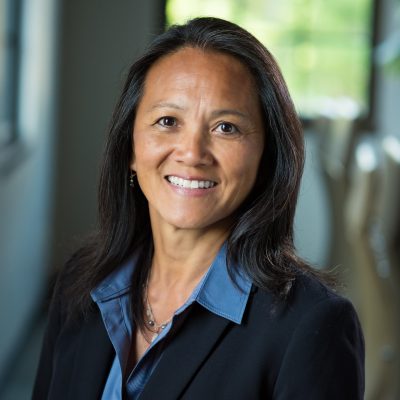A year ago, we shared how life sciences companies should adjust traditional incentive compensation plans to account for pandemic-driven changes in life sciences commercialization. Now that we’re a little over a year into the COVID-19 pandemic, let’s revisit the state of incentive compensation in the life sciences industry and determine how companies can keep reps motivated amid the shifting commercial landscape.
Broadly speaking, things are getting back to normal. The overall volume of physician visits has been steadily increasing since the summer of 2020. Similarly, the volume of drug prescriptions continues to increase year over year, despite the pandemic, thanks in large part to telehealth. Access to physicians’ offices is more restricted in some areas of the country (and within some therapeutic areas) than others. However, we continue to inch toward a health care system that looks, in many ways, like the one we had pre-pandemic. And though sales reps will undoubtedly continue to struggle to see HCPs in person (as they did before the pandemic), it’s interesting to see that nearly half of physicians surveyed by ZoomRx now say they prefer face-to-face visits with reps. Time will tell if this is just a result of Zoom fatigue or a sign of a real trend.
At this point, life sciences companies have plenty of data from the pandemic period that they can mine to better understand the varied promotional preferences of HCPs today. As a result, companies can adjust their forecasts, set more realistic goals and equip their sales teams with the tools and tactical recommendations they need to succeed in different situations.
When it comes to making changes to incentive compensation plans, there’s no one-size-fits-all solution. However, even though access levels continue to vary across territories and therapeutic areas, many companies should feel confident putting in place more motivating incentive compensation plans that offer reps more upside reward but also more downside risk. After all, even if a team still faces access restrictions, they have had enough time to adapt to the more restrictive environment and get comfortable leveraging new promotional channels to engage HCPs. They are not as handcuffed as they were at the beginning of the pandemic.
During the pandemic, many companies transitioned to national target-based compensation plans. However, now that HCP-rep interactions are returning to a semblance of normal, some reps feel hindered by national targets. While this type of plan offers security for reps who still face access restrictions, it can also limit payouts and demotivate the highest performers. After all, these plans often put a fairly low ceiling on a rep’s potential earnings, which limits the incentive for a rep to exceed quota. As states and physicians’ offices reopen and reps prove their success in the field, they want to see their high performance rewarded. As a result, some companies are transitioning back to higher-risk and higher-reward commission and goal-based incentive compensation plans which may not work for every sales team.
Some companies have implemented hybrid plans to motivate reps in restricted areas without hindering reps in areas with more HCP access. For example, a company could put in place a plan consisting of 40% national and 60% territory-based compensation. Companies with this kind of hybrid incentive compensation plan need to regularly revisit this combination to ensure the split is in line with what their reps are experiencing. In our 2021 Orphan Drug Commercialization Report, half of the respondents said their companies’ sales reps feel the incentive compensation plan is not reflective of their performance. And that was pre-pandemic. If reps don’t believe the plan aligns with their day-to-day realities or rewards their performance properly, they’ll lose motivation, and the company will see higher turnover. Additionally, companies with hybrid plans need to keep a close eye on budgets – there is the potential to exceed budget if there is a lot of opportunity for high performers to exceed quota and a healthy cushion for low performers.
Commercial leaders need to keep a finger on the pulse of their sales teams and continue to monitor the commercial opportunities across geographies and therapeutic areas. Then, revisit forecasts to ensure the goals are realistic and agilely adjust incentive compensation plans to maximize motivation for reps in different circumstances. All that said, as noted above, most companies should steadily shift back toward these higher-risk, higher-reward plans to maximize rep motivation, as the world returns to normal.
To ensure they motivate reps to maximize opportunity in this evolving environment, it’s important for commercial leaders to keep their company’s pandemic journey in mind, while also closely following current industry trends and data. With a focus on lessons learned and an eye on the shifting state of the market, companies will be positioned to respond agilely to changing opportunities and put reps in the best position to drive commercial success.
- ERIK CRUZ
- Erik Cruz is a partner at Beghou Consulting. He works in the firm’s Washington D.C. office.
- DENNIS FOURNOGERAKIS
- Dennis Fournogerakis is a partner at Beghou Consulting. He works in the firm’s Milwaukee office.

- CECILE MARBELLA
- Cecile Marbella is a manager at Beghou Consulting. She works in the firm’s Chicago office.

- DAN SCHULMAN
- Dan Schulman is a partner at Beghou Consulting. He works in the firm’s San Francisco office.



